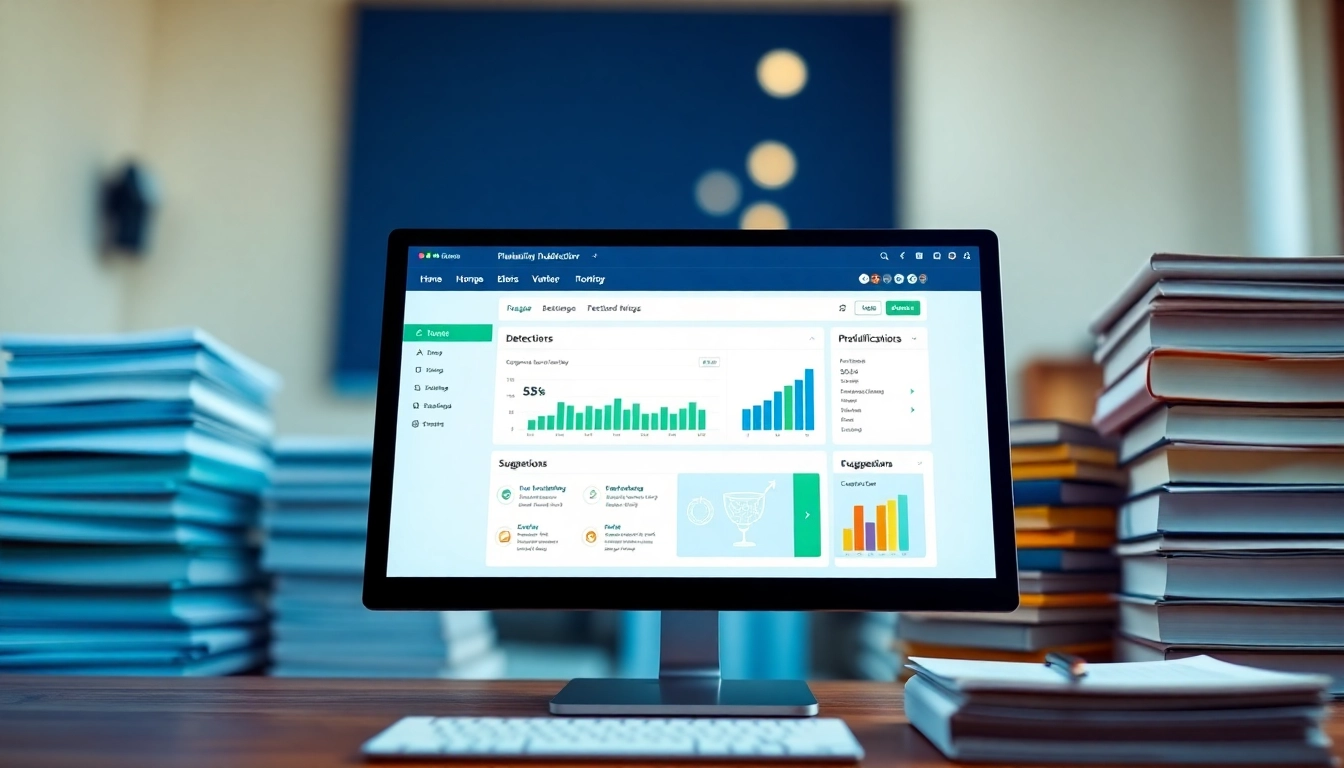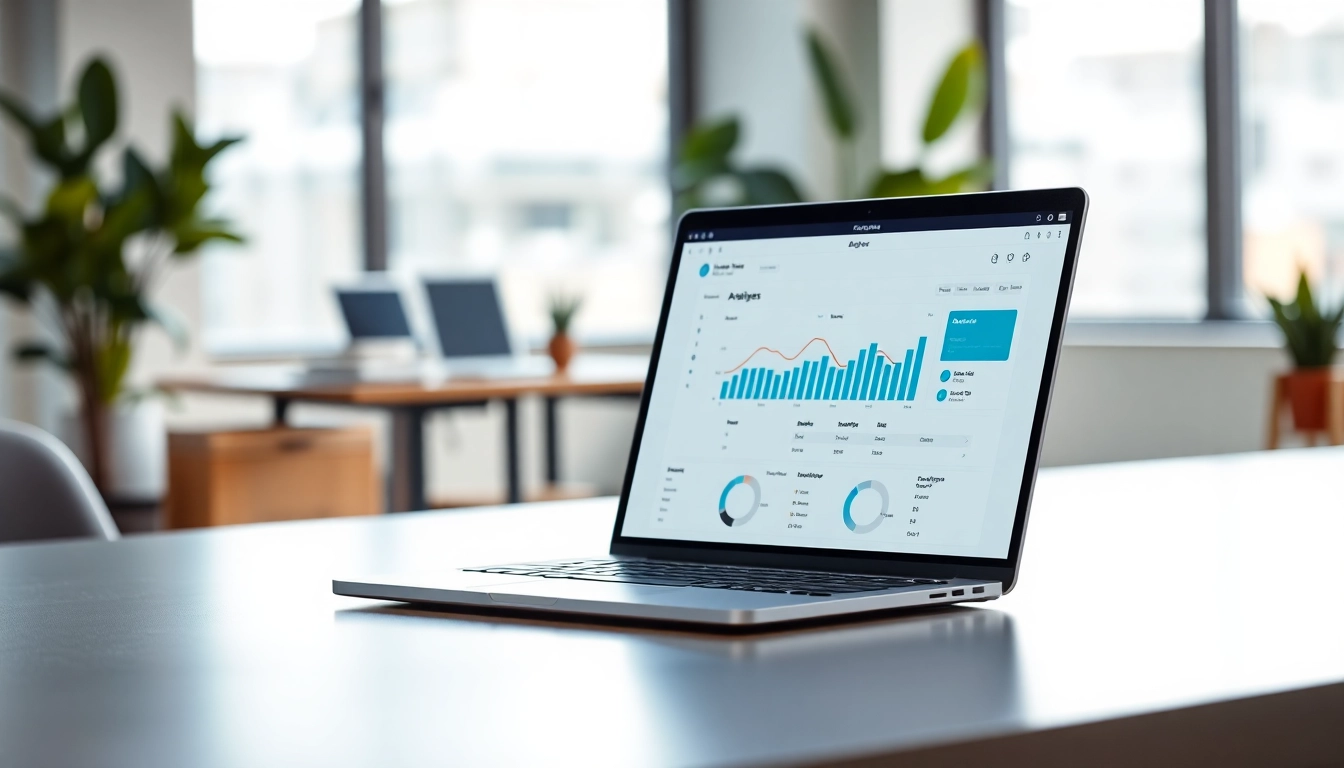
Understanding Plagiarism: Definitions and Implications
What is Plagiarism?
Plagiarism is the act of presenting someone else’s work, ideas, or expressions as your own without giving proper credit. This unethical practice affects various fields, including academia, journalism, and content creation. It undermines the integrity of the original creator and misleads the audience, making it a serious offense across many professions.
Types of Plagiarism
Understanding the different types of plagiarism is crucial for both creators and consumers of content. Here are several common types:
- Direct Plagiarism: Copying someone else’s work verbatim without attribution.
- Self-Plagiarism: Reusing your own previously published work without disclosure or citation.
- Patchwork Plagiarism: Combining various pieces of text from different sources into a new composition without proper citations.
- Accidental Plagiarism: Unintentionally failing to cite sources or paraphrasing inappropriately.
The Consequences of Plagiarism
The repercussions for committing plagiarism can be severe, ranging from loss of credibility to legal consequences. In academic settings, for instance, students may face expulsion or failing grades. For professionals, plagiarism can result in damaged reputations, loss of jobs, or legal action. Understanding these consequences underscores the need for effective tools, such as a plagiarism detector, to safeguard against inadvertent mistakes.
How a Plagiarism Detector Works
Scanning Algorithms Explained
A plagiarism detector utilizes sophisticated algorithms to identify text similarities between submitted content and a massive database of sources. These algorithms can include:
- String Matching: Identifying exact matches of phrases or sentences.
- Fingerprinting: Creating a unique digital fingerprint for each document to facilitate quick comparison.
- Semantic Analysis: Understanding the context and meaning of the text to detect paraphrased content.
Comparative Analysis of Content
Once the detector scans the submitted text, it uses comparison techniques to identify similarities with existing content. This can involve:
- Database Comparison: Cross-referencing against a database that includes academic journals, articles, and web content.
- Accessibility of Sources: Evaluating publicly available documents, ensuring that the most relevant texts are considered.
Understanding Similarity Reports
After analysis, the plagiarism detector produces a similarity report, which summarizes detected matches and the percentage of similarity. Key elements of a good report may include:
- Match Highlights: Sections of text that matched with other sources.
- Source Citations: References to the original materials for proper attribution.
- Plagiarism Percentage: The overall percentage indicating how much of the submitted content is similar to existing text.
Choosing the Right Plagiarism Detector Tool
Key Features to Look For
When selecting the right plagiarism detector, it’s essential to consider several key features:
- Accuracy: The tool’s ability to detect multiple types of plagiarism reliably.
- Ease of Use: A user-friendly interface that simplifies the process of checking for plagiarism.
- Extensive Database: Access to a comprehensive range of sources, including academic papers, web pages, and publications.
- Real-Time Analysis: The capability to provide instant feedback, enhancing user experience.
Evaluating User Experience and Interface
A plagiarism detector is only effective if users can navigate its interface intuitively. Evaluate tools based on user reviews and try them out yourself to assess:
- Navigation: Is it easy to upload documents and view reports?
- Support Resources: Are there tutorials or help resources available for new users?
Pricing Plans and Free Trials
Many plagiarism detectors offer multiple pricing plans, often including free trials. Here’s what to consider:
- Trial Options: Test the feature set without a commitment to see if it meets your needs.
- Subscription Models: Understand the pricing structure—monthly, yearly, or pay-per-use—and choose one that aligns with your usage frequency.
Best Practices in Using a Plagiarism Detector
Integrating into Your Writing Process
To maximize the benefits of a plagiarism detector, integrate it into your writing workflow. This can involve:
- Utilizing the checker during various stages of writing, including drafts and final submissions.
- Encouraging collaboration with peers to cross-check each other’s work for originality.
Regular Checks for Academic Integrity
Maintaining academic integrity should be a consistent goal for students and professionals alike. Regularly using a plagiarism detector helps ensure:
- Originality in submissions, fostering trust between the writer and the audience.
- Avoidance of potential academic or professional repercussions due to overlooked instances of plagiarism.
Combining Tools for Enhanced Accuracy
For improved results, combining plagiarism detection tools with other resources is recommended. This may involve:
- Utilizing grammar and writing enhancement tools alongside plagiarism detectors for a comprehensive writing assistant.
- Engaging in peer reviews or consultations with editors to finalize content.
Case Studies: Successful Implementation Examples
Student Success Stories
Various educational institutions have implemented plagiarism detectors with notable success. For instance:
- A university reported a 40% reduction in plagiarism cases after integrating a plagiarism detection system into its curriculum.
- Students increased their awareness of academic integrity and plagiarism definitions, resulting in fewer violations.
Professional Uses in Content Creation
Content creators have also benefited immensely from utilizing plagiarism detectors. For example:
- A digital marketing agency improved its content quality by cross-checking articles before publication, resulting in higher client satisfaction.
- Freelancers have secured consistent contracts by demonstrating their commitment to originality through regular plagiarism checking.
Feedback from Educational Institutions
Educators and administrators have widely endorsed plagiarism detectors as essential tools for teaching integrity. Feedback often highlights:
- Increased engagement in discussions on proper citation and academic honesty.
- Improvements in overall student performance and writing quality.








